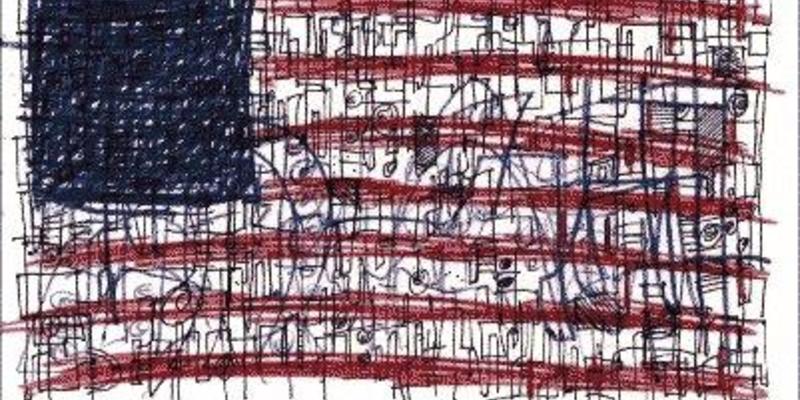

My father Les Jacob, was an entrepreneur. He exuded leadership and confidence—on his desk was a sign that read, “NO WHINING.”
Governor Haley’s recent vetoes included one that would knock out government funding for a key arts organization—these kinds of cuts are an ever-present issue of our times. Whether you live in Charleston, South Carolina, or Omaha, Nebraska, leaders on both sides of the aisle across the nation are working diligently to balance budgets; most states are in a deep hole, the numbers flashing bright red. This particular decision has since been overturned, and funding for the Arts Commission restored. But it certainly won't be the last time financial support is threatened—not in these precarious times, which begs the question: “How do we progress?”
In regard to this matter, on April 12, 2012, The Economist featured Italian director Antonio Manfredi protesting the indifference and cutting of government funding of the visual arts by burning over 1,000 prized pieces from the Casoria Contemporary Art Museum in Naples. For more than a week, Manfredi and various artists created “meta-art:” a pyre of burning paintings, drawings, and sculptures. “The museum is running the risk of dying...” Manfredi continued, as he set artworks alight.

I found the story a conundrum to its publication, which typically celebrates figures of commerce and features innovation. Instead of mourning and expecting funds that did not exist, perhaps Manfredi (and the artists) could have thought outside the box. After all, in the the visual arts, isn't that is our forté?
Why not aggressively create new art? Advance membership for the museum? Raise money through speaking engagements? Ask for private donations? Create festive gatherings that lure collectors of all demographics while also raising funds? Sell off valued pieces for operating capital, instead of lighting them on fire? Instead, Manfredi destroyed rare and high-quality inventory that cannot be replaced, exhibited to lure visitors who pay entry fees, or listed on the museums' balance sheet. Significantly, the director sent a message of negativity, exhaustion, and finite.
We as Americans can no longer expect and/or depend on government funding in many fields, specifically the visual arts. Therefore, I believe and hope that we will all become more aggressive and accountable as arts community patrons and creative leaders. For God’s sake, we conquered the West, rebuilt from a Great Depression, and especially in this city, survived a devastating Civil War.

How? Commitment to commerce, risk, innovation, and community. To move forward, here are tangible ideas:
BUY LOCAL! Dollars are physical signs of support. Peruse local art galleries and make purchases small or large so that currency continues to circulate among the local art scene. In doing so, one can support the local galleries and contribute to artists living and working in the city. Talk is cheap. Transactions add value.
BE INVOLVED! A fantastic example is Society 1858, a local engine for growing a young donor base for the Gibbes Museum. The group continues to grow its member base. It has gained hundreds of members and raised over $25,000 for art purchases for the museum. This group has raised every cent via positive energy, hustle, commitment, and connections. President Helen Pratt Thomas, tasked with the sustainability and continuity of the Gibbes' Society 1858, welcomes your involvement.
VIEW! The Halsey (obviously I am a BIG fan) installed Moit Toi. Over 8,000 viewers visited the installation. And over 300 threw salt into the sea.This exhibit was a record breaker! Each gallery opens its doors for the First Friday night art walk. So get out into the art community, be proactive, view, and support. Not complain.
PATRONIZE! The Halsey Museum is brilliant in creating tiers of support from a $25 donation to the sky's limitlessness. If you choose to be a Halsey Patron, earmark funds for an exceptional piece of art to grow your collection and support the arts. Markets, jobs, and the arts cannot be funded by the government. Everything under the sun requires paying customers to remain sustainable.
Regardless of the decision(s) made by Governor Haley and her congress, we as a community must make conscious decisions that continue to propel local and national art scenes onto international stages of recognition. As Charlestonians, we live in an incubator of creativity and diverse wealth; so, despite South Carolina's funding decisions from year to year, the art world still has a bright future ahead. Akin to the brilliant artists we love and support, let’s envision and execute fresh ideas that otherwise would never be imagined.
Let us do so via commerce, risk, innovation, and community. And without government hand-outs or whining.